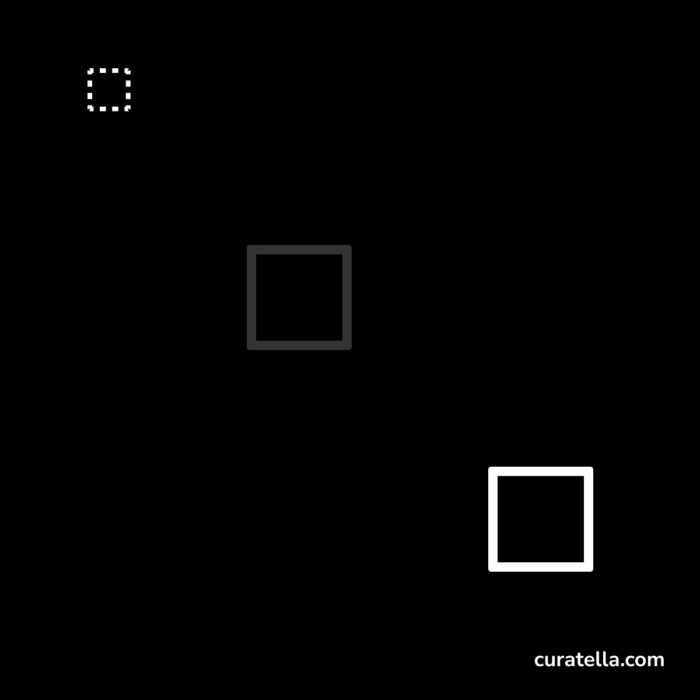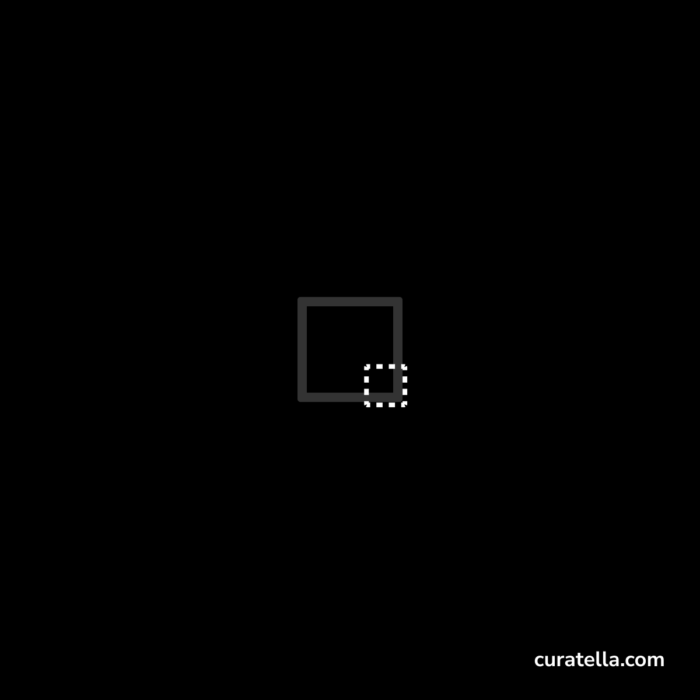Plan For Happiness
Keep track of places, people, tastes, happenings, events that left a positive mark on your memories and store them safely.
Connect Simple Ideas To Create Elaborate Thoughts
The real creativity is in composing those ideas into a bigger one. Not in having brilliant, big and exhaustive treatments of ideas, impromptu, of the day
Speculation on the Future of Personal Knowledge Management
It’s just a matter of time to reach a sophistication level where the meaningful correlated knowledge is presented to me, while I am writing.
Adding Review and Revision to your Creative Process
In your deliberate practice of daily creative habit building you cannot skip the review and revision phases. Exercising your kick 10’000 times without feedback and correction would have a pale comparison against a complete feedback loop. When you write daily only the check boxes, that’s what you risk. A stale routine of boring activities carried…
Incremental, Iterative, Collaborative Book Reading and Note-taking
I adore this format, I want to read book in his way in the future. It's fun, engaging, active and It makes me learn, connect and remember more.
Time To Take Smarter Notes
For whom are you writing?
There are different audiences for your writing. Your present self trying to understand something new. Your future self to whom you want to transfer the knowledge you acquired today. Your future self needing to combine your notes into a draft and revise it into the final copy. The receiver of your piece, in a personal…
The First Iteration of My First Note.
Making Permanent Notes
Things You Should Stop Doing When Managing Information





